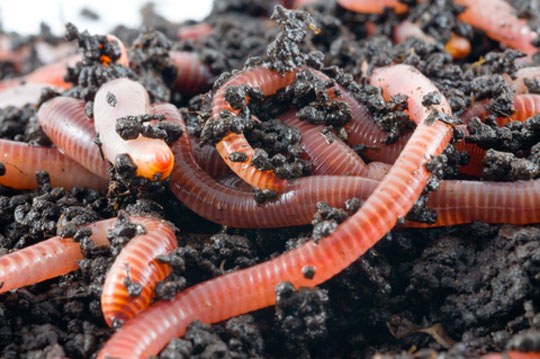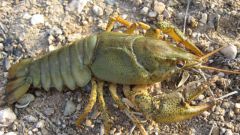You will need
- worms;
- - wooden box;
- - manure;
- dark breathable fabric;
- - household waste;
- - peat;
- - food waste;
- - watering.
Instruction
1
Go to buy earthworms and compost preparation seriously enough. Worms it is advisable to buy together with the substrate in a specialty store. They should be bright red and move actively. Before you buy rain of wormsin advance, prepare a place for them. To do this, use a fairly large wooden box with a lid, place it on the heated balcony or in the coolest part of the apartment. The optimum temperature for keeping worms 15-21 degrees.
2
As a nutrient substrate, which is excellent raw material for growing worms, you can use animal manure, aged on the farm for six months (but not more than two years since this manure has no nutrients for the worms). But note that the use of fresh manure is strictly prohibited, with the worms in it will die.
3
Bought worms will populate in a box together with a nutrient substrate, spread evenly over the surface. These invertebrates absolutely not tolerate the sun and bright light, so close the box with a dark material, which is breathable (otherwise the worms can suffocate).
4
Try to maintain the optimum temperature of the substrate, care is reduced to a glaze of vermicompost and cultivation. Worms are very sensitive to moisture reduction, make watering pre-settled water (temperature 20-24 degrees) from a watering can with small holes. The degree of humidity can be determined in the following manner: take some of the substrate in your palm and squeeze in your fist. If it extends slightly moisture between toes moisture is sufficient. If flow drops, the substrate is waterlogged.
5
A few days after settling the worms produce the first feeding. To do this, take an old welding, cleaning vegetables, not dairy products or spoiled cooked vegetables, chop and spread over the surface of the substrate (the layer should be 3-5 cm). After two or three weeks again produce fertilizer, but a layer of 5-7 cm. Twice a week to loosen the ground to a depth of worms, as they need oxygen.
Useful advice
For growing as a bait better suited red Californian worms, Nightcrawlers and local shitworm. By the way, the vermicompost produced by worms can be used as fertilizer for seedlings or houseplants.

